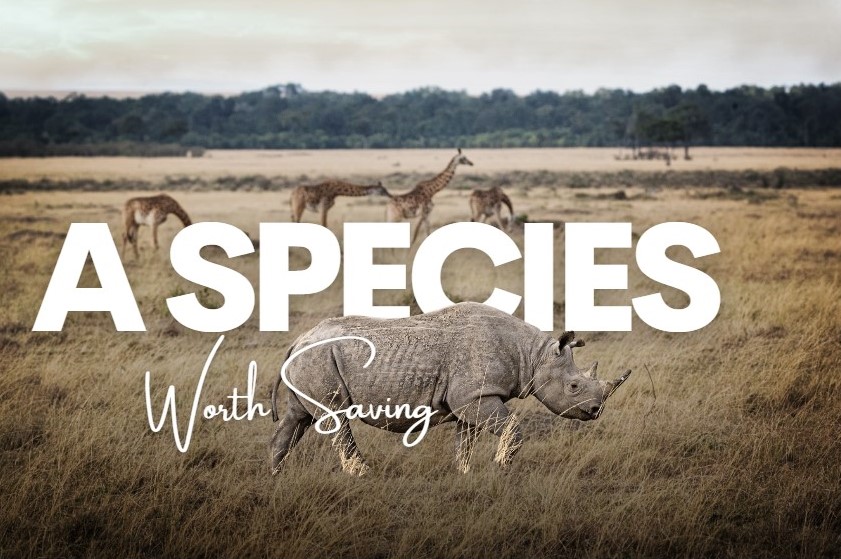
Visiting a game lodge is a great way to get up close and personal with some of Africa’s majestic wildlife, including the iconic black rhinoceros. These agile and powerful creatures are an incredible sight to behold and an important part of the African ecosystem, so it’s important to understand why they require protection. Here’s everything you need to know about the black rhino and why they are endangered.
The critically endangered Black Rhino is a species worth saving. With a population estimated at approximately 5,000 individuals, the Black Rhino is facing a very real threat of extinction. The species is listed as critically endangered on the IUCN Red List, and is listed as a protected animal under the United States’ Endangered Species Act. This noble and majestic creature deserves our attention and commitment to saving it from further habitat loss and illegal poaching.
An Icon of Africa
The black rhinoceros is an icon of the African wilderness, and is a symbol of strength, resilience and the power of nature. African mythology and folklore have long revered the black rhinoceros and its place in the wild. In African mythology, the black rhino symbolizes strength, courage and fortitude. For many people, just the sight of a black rhino is something to behold and cherish.
Physical Characteristics: What Makes it Different to a White Rhino?
The Black Rhino, also commonly known as the Diceros bicornis, is native to the savannas, grasslands, and bushlands of eastern and southern Africa. The species has two subspecies, the Eastern Black Rhino and the Southern Black Rhino. Despite their name, Black Rhinos are actually grey in color, and the name refers to the thick, black, hornlike growths on their upper lip. The Black Rhino is a grazer, meaning that its diet primarily consists of grasses and other vegetation from the savanna.
Sadly, the Black Rhino has suffered greatly due to a combination of habitat loss, illegal poaching, and retaliatory killing. In the early 1900s, the Black Rhino population was estimated at 700,000 individuals. That population has now plummeted to just 5,000 estimated individuals, and is continuing to decline.
Despite a decrease in poaching over recent years, the Black Rhino is still listed as critically endangered due to the slow rate at which the species reproduces. Female Black Rhinos typically only produce one calf every two to three years. Furthermore, the Black Rhino’s habitat is being steadily eroded due to human activity such as deforestation and land clearing.
Fortunately, there are a number of initiatives in place to help protect and save the Black Rhino from extinction. Governments, conservation organizations, and even game lodges are working hard to protect and restore its habitat, as well as combat illegal poaching. Game lodges such as the Ol Pejeta Conservancy in Kenya are also playing a major role in helping to reestablish the Black Rhino population through breeding programs.
For those of us who are lucky enough to have the opportunity to observe the Black Rhino in its natural habitat, it is important to remember that the survival of the species is in our hands. We must commit to doing all we can to help protect the Black Rhino and its habitat. This includes supporting initiatives to create and maintain protected areas, supporting anti-poaching efforts, and educating ourselves and others on the importance of conserving this species.
The Black Rhino is a beautiful, unique animal, and is an asset to our planet. It is our duty to do all we can to help save this species from extinction, and ensure that the Black Rhino continues to roam the African savannas for many years to come.

